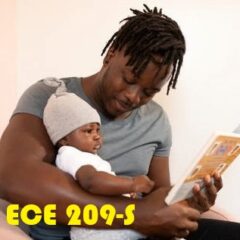Contents
Module Objectives
In this module you will:
- Create a definition of families
- Explore the strengths and struggles diverse families encounter
- Identify methods to form relationships with families, based on their characteristics
Activity #1: Thinking about Families
Reflect on the questions below then go to FlipGrid (https://flipgrid.com/cf4ce4ad — your log in is your 1st name as it appears on CUNY First) and record your answer to the following questions:
- Who is in your family?
- How do you define family?
- What did the staff in the schools you attended (pre-K through high school) do to build relationships with all members of your family — not just your parents/ guardians? How did that impact you? How did it impact your family’s connection to your teachers/ school?
- How are the strategies you identified in Module 1 working? What is going well? What may need to be changed? What have you learned about yourself as a student in an online class?
Reply to 1 other video!
If you cannot access FlipGrid CLICK HERE TO RESPOND TO THE QUESTIONS
Activity #2: Exploring Families
Pick 1 reading:
- Fox (2012)
- Jor’dan & Lee (2014)
- Luckenbill & Zide (2017)
- Parnell et al. (2018)
- Paula & da-Silva (2014)
- Ray et al., (2009)
Watch Our Family: A Film About Family Diversity (2016)
Citing extensively from both the videos and the reading (I explain how to cite in posts in this video) answer the questions below:
- Which article did you chose? Why?
- What are the strengths of the families you read about and saw in the videos? How specificaly did the families demonstrate those strengths?
- What challenges do the families you read and saw in the videos face?
- Which model of programming from Baker & Manfretti/ Petit, 2004 in Module 2 are the program staff using to work with families? Give specific evidence to support your response.
CLICK HERE TO ANSWER THE QUESTIONS
Activity #3: Group Zine
Go back and catch up on work from Module 2 if you need to.
